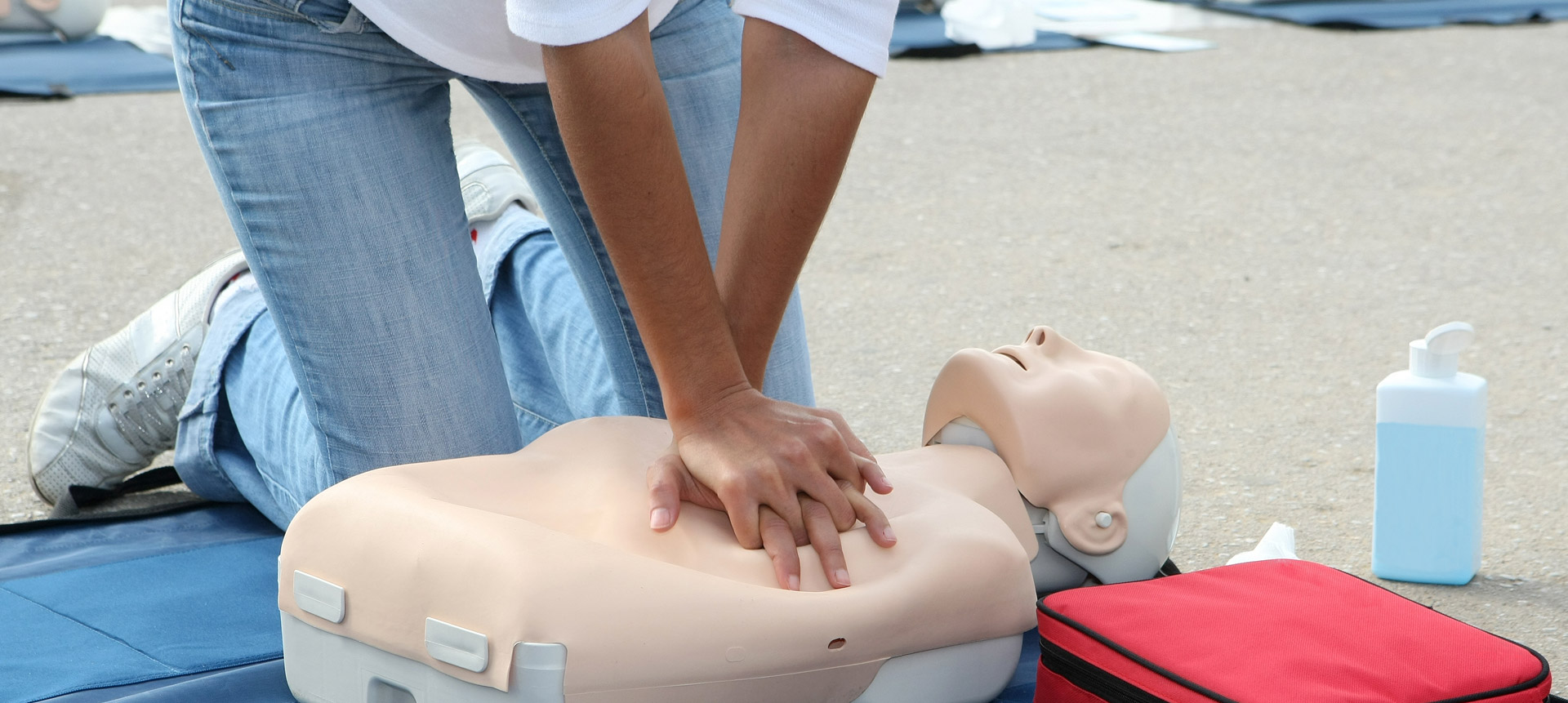Cardiopulmonary Resuscitation CPR is a life-saving technique that can make the difference between life and death in critical situations. Traditionally, CPR training has focused on basic techniques that involve chest compressions and rescue breaths. However, there has been a revolution in CPR training, with advanced techniques and certification programs emerging to enhance the chances of survival for those experiencing cardiac arrest. In this article, we will explore these advanced CPR techniques and the importance of certification. CPR training has come a long way since its inception. The American Heart Association AHA introduced CPR to the public in the 1960s, emphasizing the importance of chest compressions and mouth-to-mouth ventilation. Over the years, research and clinical studies have led to significant advancements in CPR techniques.

Advanced Techniques
Hands-Only CPR: One of the most significant changes in Take Action CPR is the introduction of hands-only CPR. This technique focuses solely on chest compressions without rescue breaths. It is more straightforward to teach and perform, making it accessible to a broader audience. Studies have shown that hands-only CPR can be just as effective as traditional CPR in many cases, especially for adult victims of sudden cardiac arrest.
High-Quality Chest Compressions: Advanced training emphasizes the importance of high-quality chest compressions. This includes compressing the chest at the right depth approximately 2 inches for adults and at the right rate 100-120 compressions per minute. Proper chest compression technique ensures that blood is circulated effectively, increasing the chances of survival.
Automated External Defibrillators AEDs: CPR training now often includes instruction on using AEDs. These portable devices can analyze a victim’s heart rhythm and deliver an electric shock to restore a normal heartbeat. Early defibrillation, combined with CPR, significantly improves survival rates in cases of sudden cardiac arrest.
Team-Based CPR: In healthcare settings, team-based CPR has become crucial. This approach involves coordinated efforts among healthcare providers to provide high-quality CPR. It includes roles like chest compressions, airway management, and defibrillation, ensuring a more efficient response to cardiac arrest situations.
Certification Programs
Advanced CPR techniques require proper training and certification to ensure that individuals can perform them effectively during a real emergency. Certification programs, such as those offered by the American Heart Association and the American Red Cross, provide structured training that covers both basic and advanced CPR techniques. These programs equip participants with the knowledge and skills needed to respond confidently and effectively to cardiac arrest situations. Certification typically involves a combination of hands-on training, written exams, and practical assessments. It is essential for various groups of individuals, including healthcare professionals, teachers, parents, and community members. Certification not only improves one’s ability to respond in emergencies but also instills confidence in the responder, which can be invaluable during a high-stress situation.
Take Action CPR
444 N Michigan Ave Suite 1200, Chicago, IL, 60611
(312) 761-4859
The revolution in CPR training has led to the development of advanced techniques that can significantly increase the chances of survival for individuals experiencing cardiac arrest. Hands-only CPR, high-quality chest compressions, the use of AEDs, and team-based CPR are just a few examples of these advancements. However, it is crucial to remember that advanced CPR techniques require proper training and certification to be effective.